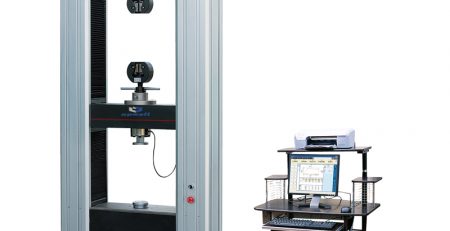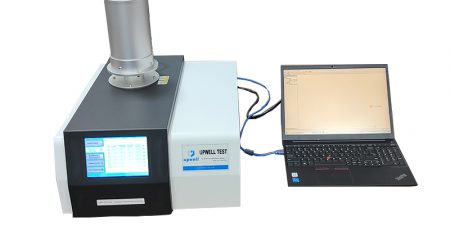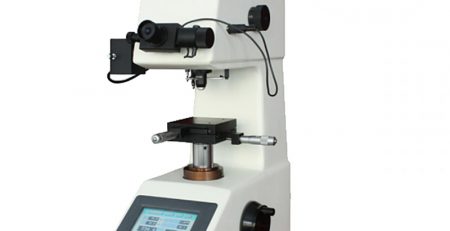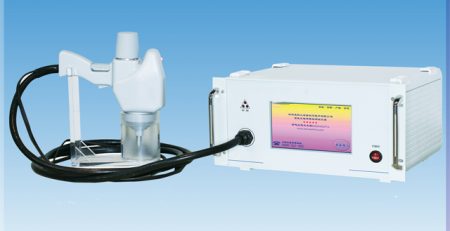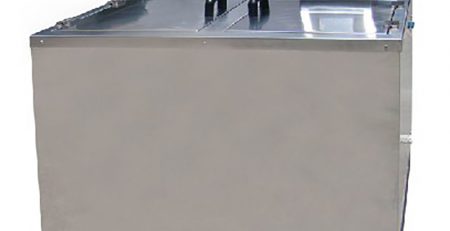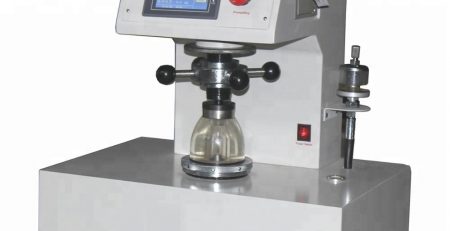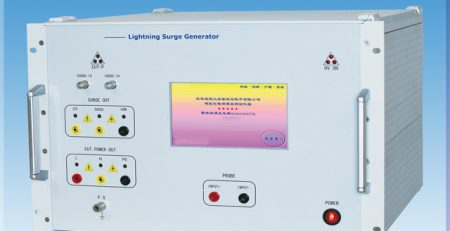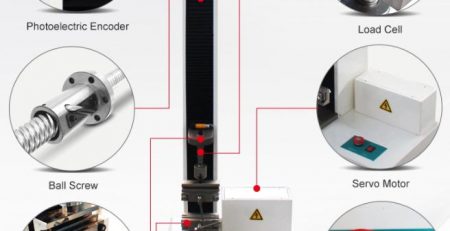Today we are discuss the factors affecting thermal analysis measurement when you do the test
The influence of heating rate on the results of thermal analysis experiments

TG Analyzer,DSC
The heating rate has a very obvious influence on the results of the thermal analysis experiment. Generally speaking, it can be summarized as the following points.
1) For a certain reaction (such as thermal decomposition reaction) of the sample represented by the curve of TG (thermogravimetric analyzer), DTA (differential thermal analyzer) or DSC (differential scanning calorimeter), increasing the heating rate is usually Increase the initial temperature Ti, peak temperature Tp and termination temperature Tf of the reaction. The rapid temperature rises, so that the reaction has not had time to proceed, and then enters a higher temperature, causing the reaction to lag. For example, the reaction of FeCO3 losing CO2 when heated in nitrogen, when the heating rate is increased from 1℃/min to 20℃/min, Ti will increase from 400℃ to 480℃, Tf is 500-610℃].
2) Rapid heating is to push the reaction to a higher speed in the high temperature zone, that is, not only the peak temperature Tp of the DTA curve is increased, but the peak amplitude is narrowed, showing a sharp height.
3) For multi-stage reactions, the slow temperature rise is conducive to the separation of the stages of the reaction, so that the DTA curve presents separate multiple peaks, and the TG curve turns from the original rapid temperature rise to a plateau.
4) The peak area of the DTA curve tends to decrease slightly with the decrease of the heating rate, but generally speaking, there is not much difference. For example, the dehydration endothermic reaction of kaolinite at about 600 ℃, when the heating rate is in the range of 5-20 At ℃/min, the maximum difference in peak area is within ±3%.
5) The heating rate affects the temperature distribution of various parts in the sample. For example, the DSC measurement of low-density polyethylene with a thickness of 1mm shows that when the heating rate is 2.5℃•min, the temperature difference between the inside and outside of the sample is not large; while at 80℃/min, the temperature difference can reach more than 10℃.
For crystalline polymers, the slow heating and melting process may be accompanied by recrystallization, while the rapid heating is prone to overheating. These are two contradictory processes. Therefore, the appropriate heating rate should be selected during the test and the relevant regulations of the corresponding standards should be selected. If there are no special requirements and instructions, usually 10 or 5 ℃/min.
Any further question please contact us info@upwelltest.com

